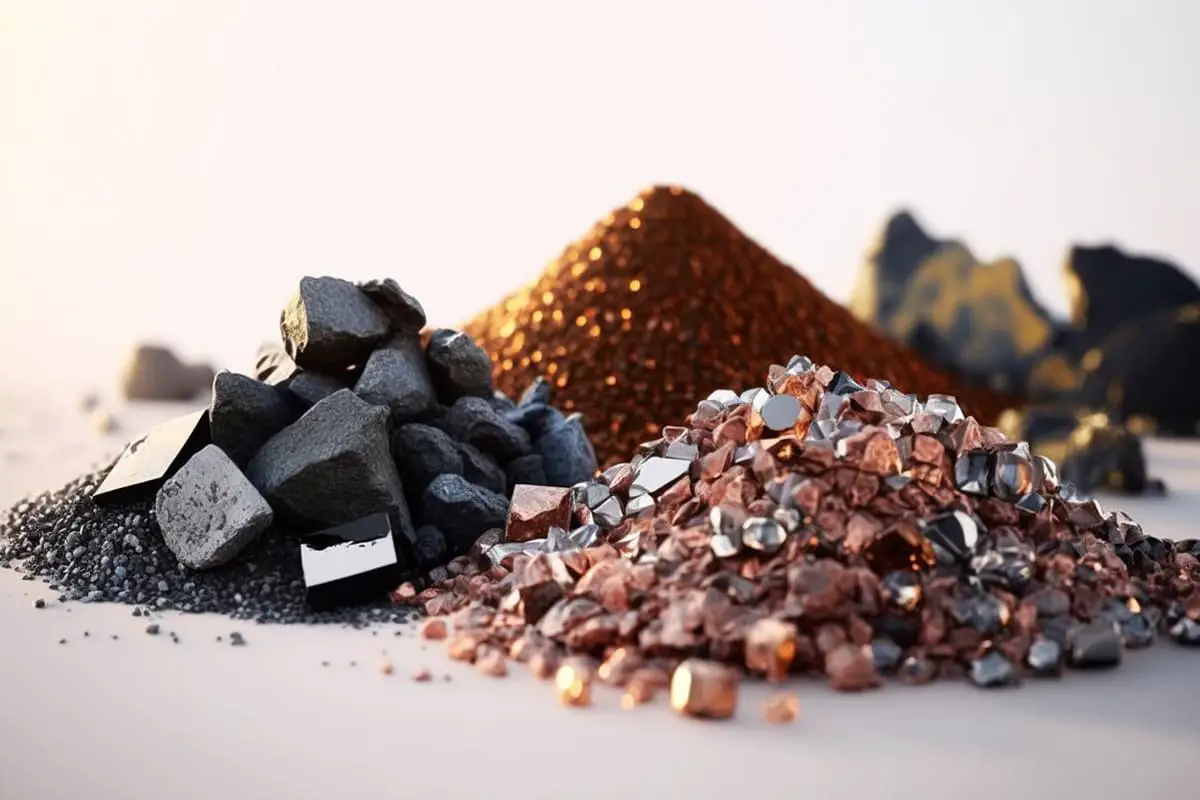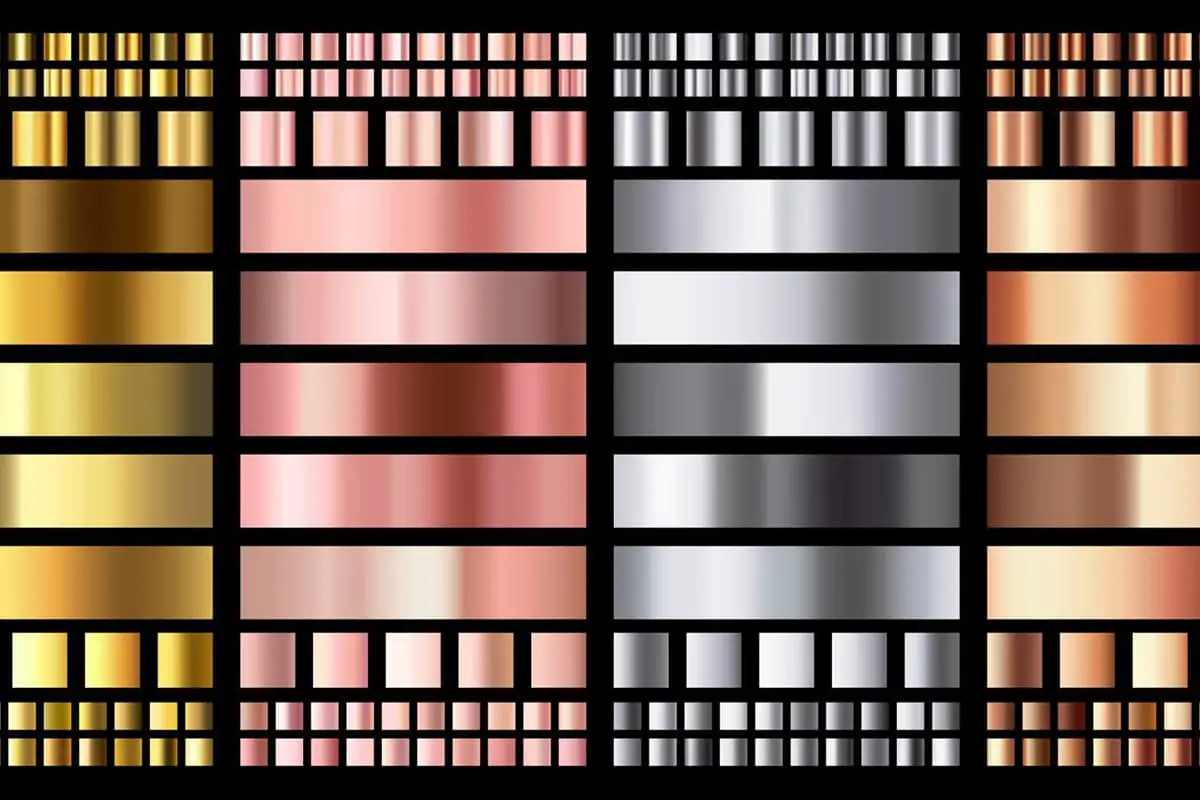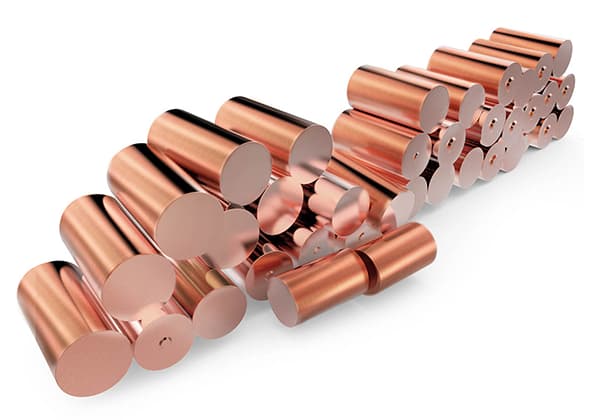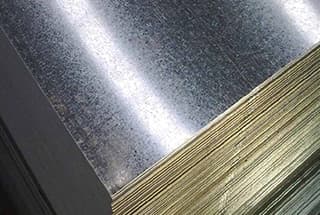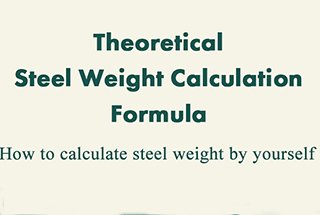
Have you ever wondered how the weight of a silver block is calculated? This article will unravel the mystery behind measuring silver using volume and density. By the end, you’ll understand how to convert these measurements into standard troy ounces used in precious metal markets. Get ready for a fascinating journey into the world of silver!

The method to calculate the weight of a physical block of silver is based on its volume, with the specific formula being:
Weight of Silver (kg) = Length (cm) × Width (cm) × Height (cm).
This formula applies to any shape and size of a physical silver block, as long as you measure its length, width, and height, you can calculate its weight using this formula.
Additionally, a common weighing method used in the international precious metals and gem market is the Troy system, where one ounce is approximately equal to 31.10 grams.
This implies that for international transactions or understanding international market prices, the weight of silver needs to be converted into ounces to align with international standards.
The density of silver is approximately 10.5g/cm³. According to the definition of density, it represents the mass per unit volume and can be calculated using the formula ρ = m/V, where ρ is the density (units: g/cm³ or kg/m³), m is the mass of the object (units: g or kg), and V is the volume of the object (units: cm³ or m³).
Therefore, to calculate the weight of silver based on its density, you first need to know the volume of the silver, then use the above formula for calculation. For instance, if the volume of a silver object is 1cm³, then its weight would be 10.5g.
This silver weight calculator is based on a silver density of 10.49g/cm³. If the density of your silver is not this value, you can enter your own metal density in the metal density input box.
Furthermore, you can refer to the metal density table to find the corresponding density values. For more calculations on metal weight, you can use our metal weight calculator.
In the Troy system, silver is defined based on the unit of a Troy ounce, where one Troy ounce equals 31.10 grams. This weight unit is primarily used for precious metals, especially in the measurement of metals like gold and silver. In contrast to other weight units, such as the avoirdupois ounce, the Troy ounce differs in weight.
An avoirdupois ounce equals 28.35 grams, while the Troy ounce is designed to be slightly heavier due to its specific application in precious metal trading and measurement, catering to the needs of such transactions.
There are several ways to accurately measure the length, width, and height dimensions of a physical silver block in actual transactions:
Use OpenCV for image processing:
First, the findContours function of the OpenCV library can be used to identify and track the contours of an object. By using a known object (such as a coin) as a reference, the actual size of the object in the picture can be calculated based on the ratio of its actual size to pixel size.
This method is suitable for situations with clear image data, but it should be noted that the shadows in the picture may affect the accuracy of the contour, and the shooting angle needs to be perpendicular to the object to improve the accuracy of the measurement.
Online ruler calibration:
Another method is to use an online ruler tool. These tools allow users to calibrate according to actual size, supporting units such as centimeters, millimeters, and inches.
To ensure the accuracy of the measurement, it is recommended to calibrate the online ruler first to adapt to the display precision of the specific device.
Traditional measurement methods:
For situations without image data or requiring higher accuracy, traditional measurement methods can be used.
For example, using a right-angle ruler along one side of the object against the object and the table, then placing paper on the table and drawing lines, after which the paper is scanned into the computer, and the CAD software is used for scaling and redrawing to obtain the accurate dimensions of the object. Although this method is more cumbersome, it can provide more accurate measurement results.
To process and convert solid silver blocks of different shapes and sizes into standard weights under the troy system, it’s first necessary to understand the concept of a troy ounce.
A troy ounce is a unit of measure specifically used for gold and other precious metal commodities. This means that when we convert solid silver blocks into standard weights under the troy system, we are actually converting non-standard solid silver blocks into a unified standard unit – the troy ounce.
The specific steps are as follows:
Measure the volume of the solid silver block: First, use appropriate tools (such as electronic scales, calipers, etc.) to accurately measure the volume of the solid silver block. This step is crucial for subsequent weight conversion.
Determine the density of the solid silver block: Since the density of silver is about 10.5 grams/cubic centimeter (this value may vary depending on purity), we need to determine its density based on the specific conditions of the solid silver block. If the purity of the solid silver block is known or can be looked up, you can directly use the corresponding density value for calculation.
Calculate the weight: Using the relationship between volume and density (volume = mass/density), you can calculate the mass of the solid silver block. Then, convert this mass into troy ounces. Since 1 troy ounce equals 31.1035 grams, simply divide the obtained mass by 31.1035 to get the corresponding number of troy ounces.
Record and report: Finally, record the converted number of troy ounces and report it to the relevant parties as required. In the fields of financial trading, investment management, etc., it’s generally required to report the weight of metals in troy ounces.
It’s important to note that the above process assumes a fixed density for silver. In reality, due to factors such as purity and processing techniques, the density of silver may vary. Therefore, when performing actual operations, adjust the use of density values according to specific conditions.


